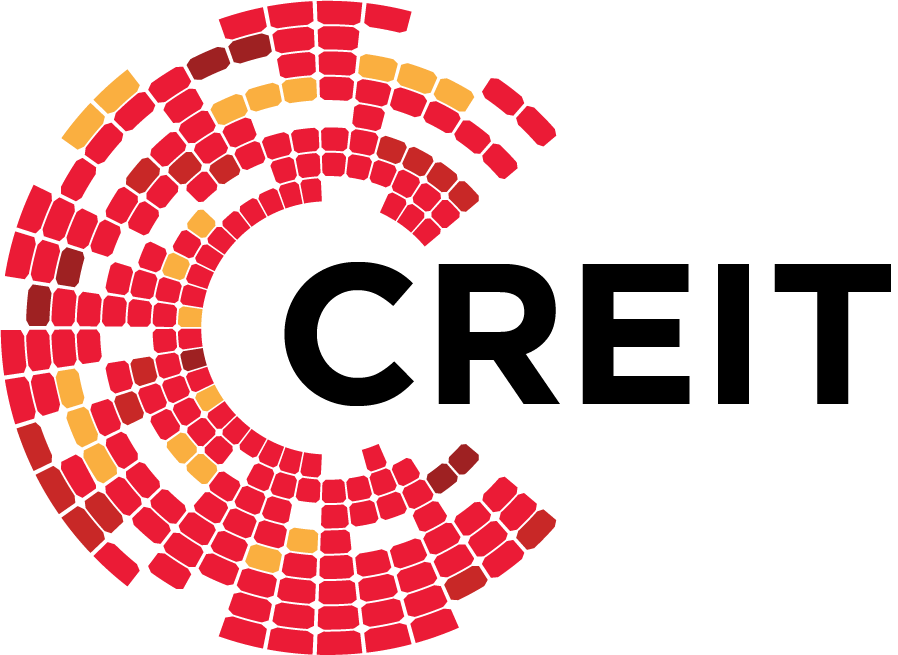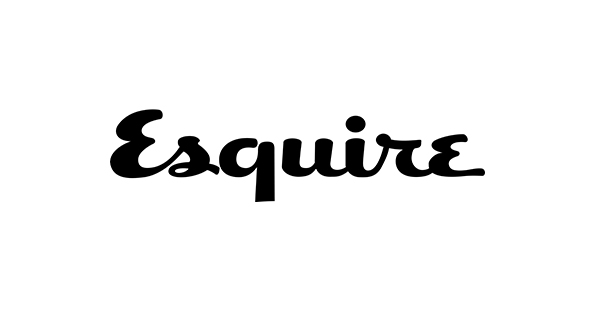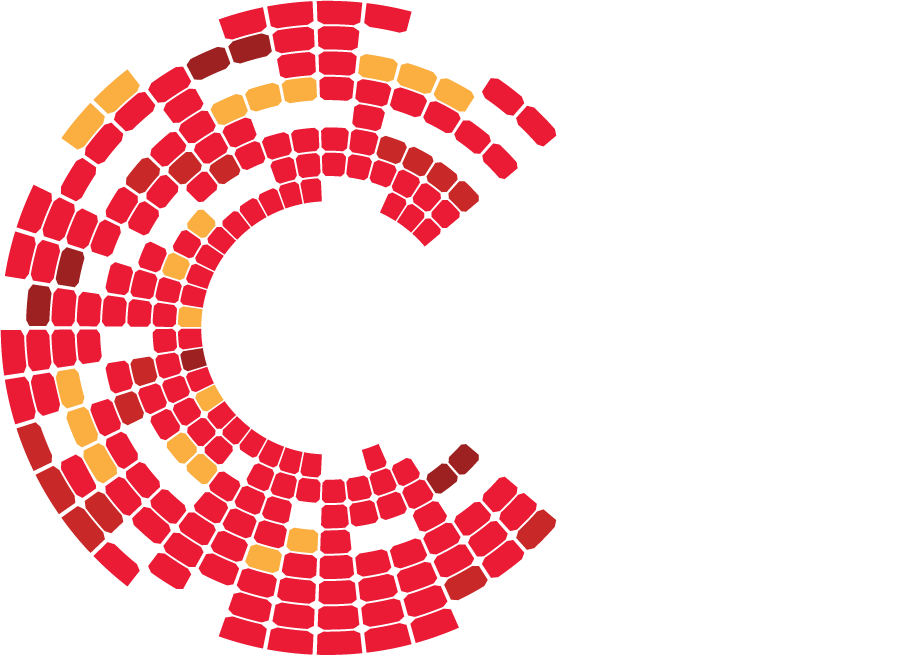Citicore Energy REIT Corp (PSE: CREIT) will be the third company that will go public this year after it obtained approval from regulators to raise up to P6.4 billion in an initial public offering.
CREIT will sell up to 1.0 billion primary shares and 1.5 billion secondary shares owned by its parent company, Citicore Renewable Energy, representing 38.3 percent of the company, at P2.55 per share.
The offering period of CREIT shares will run from February 2 to 8 with a target listing date on February 17, 2022.
CREIT will the first renewable energy REIT in the market with a projected market capitalization of P16.7 billion.
It is also the sixth real estate investment trust (REIT) in the country after the Implementing Rules and Regulations (IRR) of the REIT Law of 2009 were approved by regulators in 2020.
Under the new law, a REIT company is required to distribute at least 90 percent of its distributable income as dividends. In exchange, a REIT can claim the dividends as allowable deductions against its taxable income, making it practically tax-free.
Because of the strict guidelines on dividends, REITs provide a steady stream of income to investors, unlike ordinary stocks which do not pay regular dividends.
REITs can also offer competitive dividend yields against preferred stocks because of its ability to expand and grow its income base, resulting to long-term share price appreciation.
But like any investment, not all REITs are created equal.
Some REITs may be riskier than the others because they have less predictable income stream due to their asset quality or financial condition.
Citicore Energy REIT Corp (PSE: CREIT) will be the third company that will go public this year after it obtained approval from regulators to raise up to P6.4 billion in an initial public offering.
CREIT will sell up to 1.0 billion primary shares and 1.5 billion secondary shares owned by its parent company, Citicore Renewable Energy, representing 38.3 percent of the company, at P2.55 per share.
The offering period of CREIT shares will run from February 2 to 8 with a target listing date on February 17, 2022.
CREIT will the first renewable energy REIT in the market with a projected market capitalization of P16.7 billion.
It is also the sixth real estate investment trust (REIT) in the country after the Implementing Rules and Regulations (IRR) of the REIT Law of 2009 were approved by regulators in 2020.
Under the new law, a REIT company is required to distribute at least 90 percent of its distributable income as dividends. In exchange, a REIT can claim the dividends as allowable deductions against its taxable income, making it practically tax-free.
Because of the strict guidelines on dividends, REITs provide a steady stream of income to investors, unlike ordinary stocks which do not pay regular dividends.
REITs can also offer competitive dividend yields against preferred stocks because of its ability to expand and grow its income base, resulting to long-term share price appreciation.
But like any investment, not all REITs are created equal.
Some REITs may be riskier than the others because they have less predictable income stream due to their asset quality or financial condition.
If you are planning to buy REIT stocks, it is important that you are not only buying it for the dividend yield. You must also understand the business of the company.
When you know the fundamentals, you will also have a better handle of the risk and return that you can expect from investing in an REIT.
Here are the top five things every investor needs to know about CREIT’s IPO:
1| Know the background of the company
CREIT became a REIT company after its sponsors, Citicore Renewable Energy Corp (CREC) and its affiliate, Citicore Tarlac 1, transferred a portfolio of five renewable energy related-properties through a Property-for-Share Swap transaction.
CREC, the third largest power generator in the Philippines, is majority owned and controlled by construction magnate, Edgar Saavedra of Megawide Construction Corporation (PSE: MWIDE).
The five properties, which were valued at P10.9 billion, have a collective land size of 1.65 million square meters. These properties are located in Clark Freeport Zone; Armenia, Tarlac City; Toledo, Cebu City; Silay, Negros Occidental; and Dalayap, Tarlac City.
CREIT leases out these five properties to operating solar power plants owned by CREIT’s sponsors and affiliates for a period of 20 to 25 years.
CREIT owns only one of the five properties under its portfolio, which is the one located in Armenia, Tarlac City, while the rest of the properties are under lease contract, which the company subleases to its affiliates.
Aside from real estate, CREIT also owns a 22.3 MWpDC solar power plant, which it leases out to its sponsor, CREC.
2| Know the growth of the company
CREIT is not only selling secondary shares owned by its sponsor. It is also raising its own capital by selling primary shares worth P2.7 billion to the public.
CREIT plans to use the proceeds from the primary shares to acquire two more renewable energy properties from its affiliates, Citicore Bulacan and Citicore South Cotobato, which are wholly owned indirect subsidiaries of CREC.
CREIT intends to acquire the Bulacan property, a 253,880 square meters land located in San Ildefonso, Bulacan and lease back to Citicore Bulacan for 25 years.
Citicore Bulacan operates a solar power plant with an installed capacity of 15 MWpDC.
The other property CREIT plans to buy is a 79,997 square meter property located in Suralla, South Cotobato.
CREIT intends to lease the property back to Citicore South Cotobato, which operates a solar power plan with an installed capacity of 6.23 MWpDC.
Together, the addition of the two properties will comprise over 22 percent of CREIT’s annual total lease revenues.
CREIT’s long-term growth is secured by CREC’s prospective pipeline of solar farm projects in the next five years, which will increase its total capacity by more than five times from 145 MWpDC in 2021 to 779.5 MWpDC in 2025.
This year, CREC is expected to finish the construction of its two solar projects with total capacity of 120 MWpDC, almost doubling its total capacity to 265 MWpDC by yearend.
CREC’s expansion means potential portfolio growth and higher rental revenues for CREIT in the future.
3| Know the financials of the company
CREIT generates revenues from its land lease payments from its lessees, which are all fully operational solar energy companies.
The land lease rental of CREIT is composed of two components: a guaranteed annual base rental rate and variable rental rate.
The variable rental rate is equivalent to 50 percent of the incremental gross revenue earned by the Lessee from any excess of actual energy generation over its base revenue.
About 39 percent of CREIT’s revenue is secured from guaranteed power purchase agreement of its lessees.
CREIT’s lessees source 27 percent of their revenues from the National Transmission Commission and 73 percent from reputable customers such as AC Energy (PSE: ACEN), Shell Energy, Freeport Area of Bataan, and Ecozone Power Management.
Based on the consolidated pro forma financials of CREIT, the company had generated an annual rental revenue of P893 million since 2017 but managed to grow its net income by an average of seven percent per year, from P445 million in 2017 to P551 million in 2020.
This year, CREIT’s nine-month rental revenue amounted to P670 million, same as last year, but net income continued to improve by 12 percent to P440 million from P391 million in the same period last year on lower operating expenses.
The acquisition of Bulacan and South Cotobato properties after the IPO is expected to increase CREIT’s annual lease revenues from P894 million to P1.35 biilion.
CREIT also enjoys a strong balance sheet with zero debt.
After the IPO, CREIT will have stockholders’ equity of about P4.2 billion, which should allow it to have a potential credit line of P6 billion, assuming debt-to-equity of 1.5 times, to expand its portfolio in the future.
4| Know the pricing multiples of the stock
One of the ways to analyze a REIT is its net asset value (NAV). Similar to Price-to-Book (PB) ratio, the NAV is used to measure the market value of a REIT’s holdings, net of its liabilities.
CREIT’s property, plant and equipment, investment properties and right-of-use assets, which have a book value of P1.76 billion, have been appraised at P14.22 billion.
If we use this appraised value in the balance sheet, CREIT’s total assets will increase from P4.9 billion to P17.4 billion.
Minus payables of P917 million, we can derive CREIT’s net asset value of P16.4 billion or P2.51 per share.
At the IPO price of P2.55 per share, current pricing of the stock offers a slight premium against its net asset value per share.
However, we know that CREIT plans to acquire the additional two properties after the IPO.
Assuming the whole proceeds from the primary shares of P2.7 billion will be the value of the two properties, we can estimate that CREIT’s adjusted NAV post-acquisition will be P2.92 per share.
At this NAV per share, current pricing of the IPO at P2.55 per share offers a 13 percent discount or Price-to-NAV of 0.87.
CREIT’s Price-to-NAV ratio of 0.87 is 29 percent cheaper than the 1.23 average Price-to-NAV ratio of the REIT sector.
If we price CREIT solely based on average Price-to-NAV ratio of the sector, we can expect the stock to trade up to P3.13 per share.
But REIT stocks do not typically trade based on NAV alone. There are other factors that we need to consider in pricing a REIT and one of them is the dividend yield.
5| Know the dividend yield of the offer
CREIT expects to earn a net income of P1.2 billion this year, which translates into adjusted funds from operations (AFFO) of P1.1 billion after accounting adjustments, representing 107 percent dividend payout ratio.
At P1.1 billion projected dividends for 2022 or P0.18 per share, CREIT’s prospective dividend yield at IPO price is projected at 7.1 percent.
CREIT’s projected yield will be the highest ever offered by an REIT IPO, higher than those offered by recent REITs such as FILRT, RCR, and MREIT.
CREIT’s dividend yield at 7.1 percent is the most attractive in the sector, which currently has an average yield of 4.6 percent.
If we price CREIT’s yield equal to sector average of 4.6 percent, the stock should be priced by the market at P3.91 per share, which offers a 53 percent potential return.
Buying a REIT stock for competitive yield and long-term capital returns can be a good defensive investment strategy to navigate this crisis.
Click to read more: https://www.esquiremag.ph/money/capital/citicore-energy-creit-ipo-a2334-20220202-lfrm


